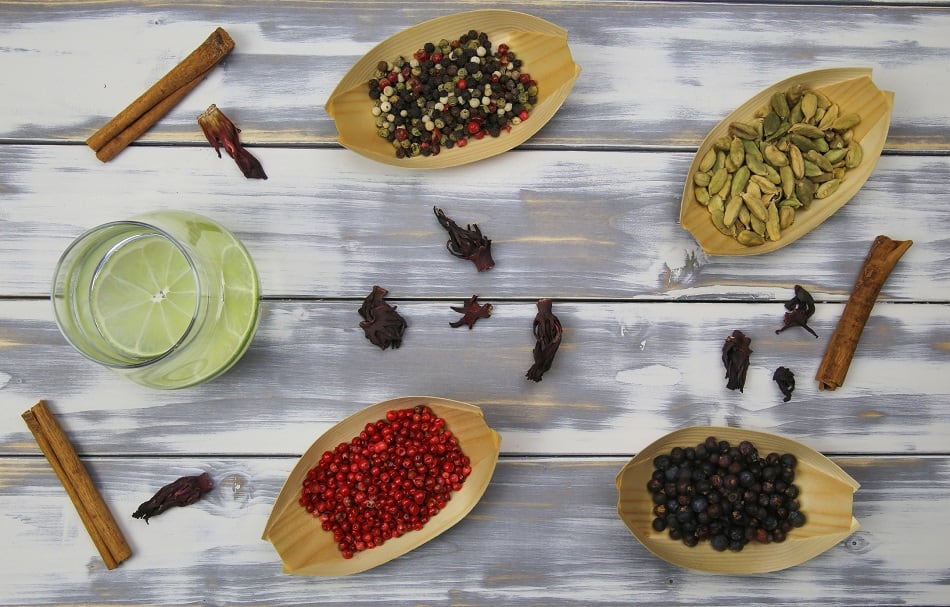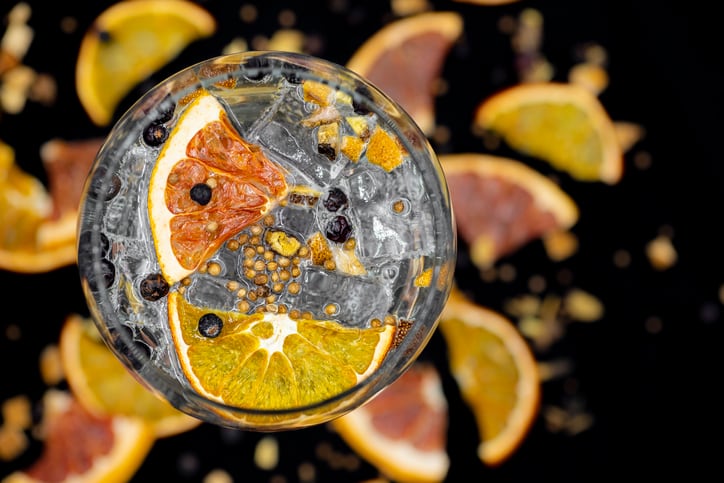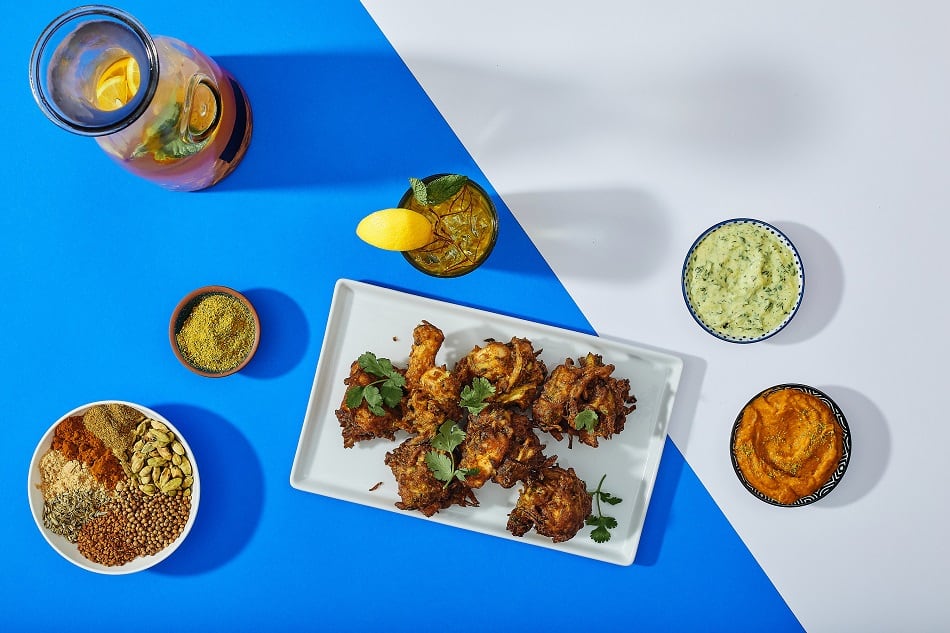The global botanical extracts market—which includes all uses for botanicals, of which dietary supplements account for the largest market—is projected to reach $7.59bn by 2025, growing at a CAGR of 8.7%, according to Market Watch.
The market for foods and beverages that contain botanicals is projected to be valued at $1.49bn by 2025, growing at a CAGR of around 3.2%, according to Zion Research. Of this, beverages hold a predominant share.
According to Buckner, who founded TeaSquares in 2016 infusing ingredients such as green tea, ashwagandha, matcha, and blueberry açai into bite-sized snacks squares, botanicals and beverages have a natural history together.
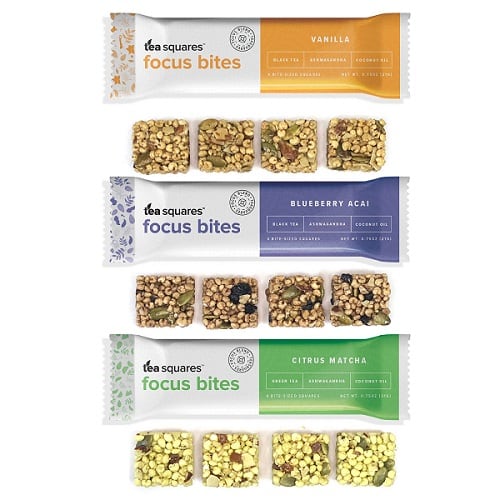
"There’s this legacy of usage in the beverage category. Even if you look at ingredients from Eastern medicine, a lot of time they're blended as a beverage or as a tea," he told FoodNavigator-USA.
Consumers also tend to naturally associate beverages (e.g. coffee, tea, wellness shots) with providing functional benefits, he said.
Botanicals in food, challenges and opportunities
However, the opportunity for botanicals is continuing to extend beyond beverages and into functional snacks -- thanks in part to the growing 'food as medicine' consumer notion, notes Buckner -- and snacks leveraging botanicals have a unique opportunity to capitalize on the botanicals trend.
Buckner who now leads Foodbevy.com, an online community connecting food and beverage entrepreneurs with resources to grow their brand/business, is witnessing this trend first hand.
"There are a number of brands that are starting to incorporate them into foods," he said. One of Foodbevy's members, B.T.R. Bars, makes a line of functional bars using ingredients including ashwagandha and other adaptogens.
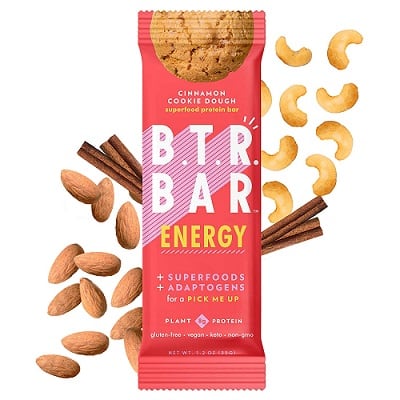
While consumers are making the connection between botanical ingredients and perceived or actual functional benefits, he said, brands at this point should take a more generalist approach to their marketing language (using broad language such as 'recharge', 'focus', and 'energize') to avoid making any specific claims.
"It’s still a new ingredient set in the space that has this halo effect of health and wellness without having specific claims around them. A lot of times these botanicals ingredients become a catch-all phrase to encompass everything from functional mushrooms to functional flowers to adaptogens," noted Buckner.
"I’ve seen a lot of brands struggle if they’re going heavy towards functional ingredients to get pickup in retail when you have only 3 to 5 seconds to get a customer’s attention. Brands are able to educate their customers more online where they have more real estate."
Botanicals as a flavor cue is also another route many food brands have used to reach consumers. Bar company Humming Hemp, for instance, takes this approach, highlighting its botanical flavors profiles of its products such as its lavender, pistachio, and blueberry SKU.
Future of botanicals ingredients in food
As the category of botanical ingredients in food continues to grow, so too will consumer curiosity around efficacious doses of certain botanical ingredients in products, adds Buckner.
"I do think there’s going to be an increased amount of research around botanicals where there are more studies around the effects of them as consumers become more interested in the benefits. I think brands that begin to leverage actual research with users on how their actually using these ingredients, I think you’re going to see an increase in that efficacy side because consumers are going to demand it."

